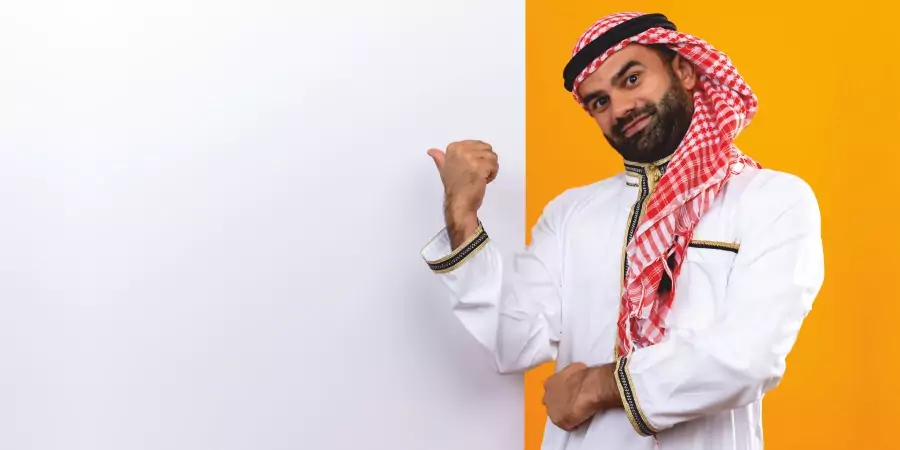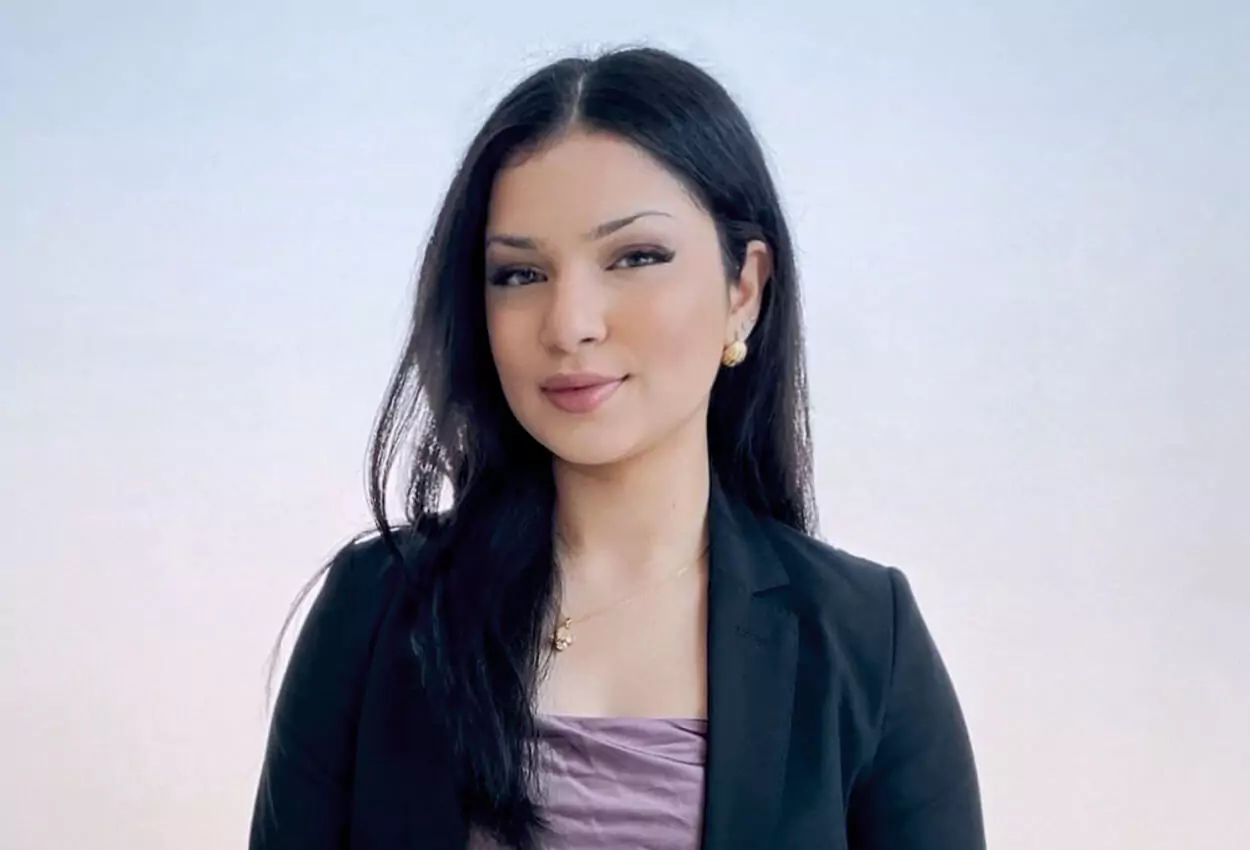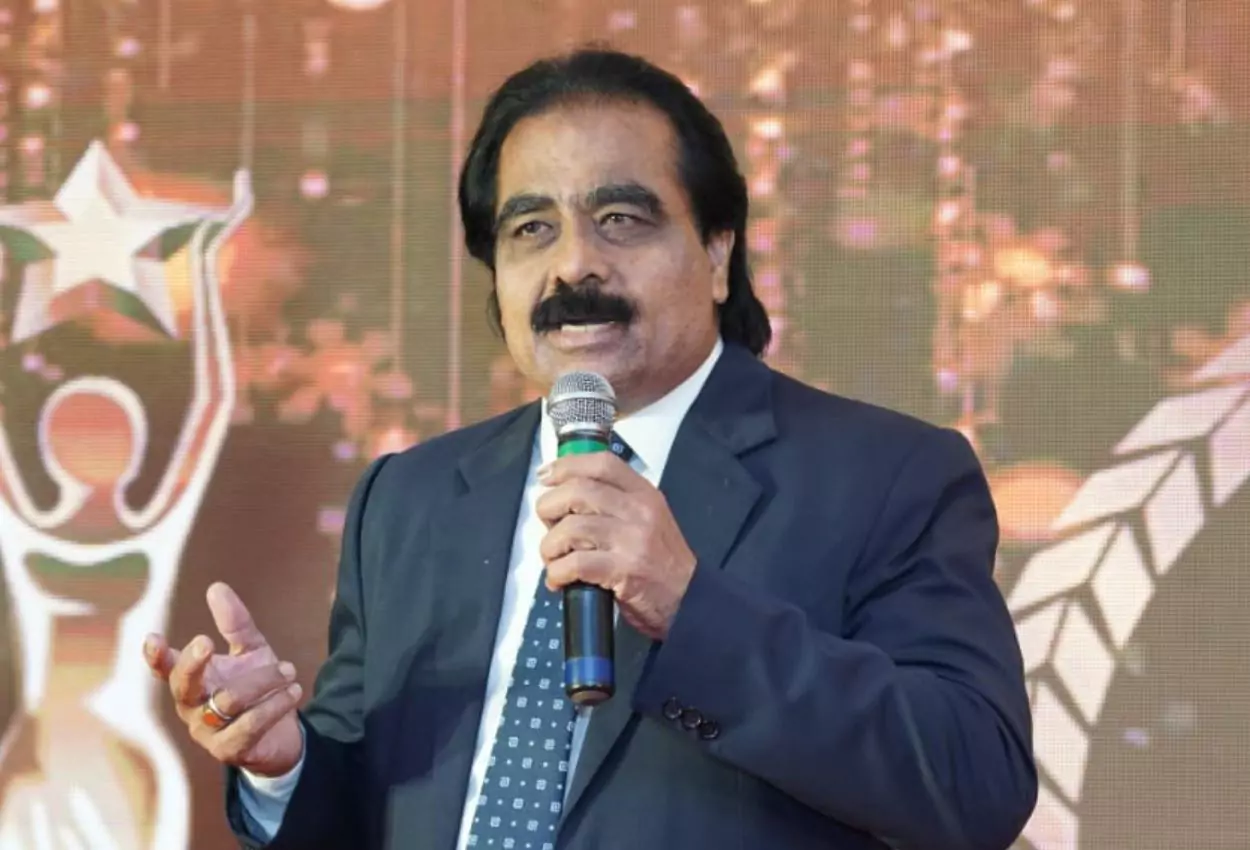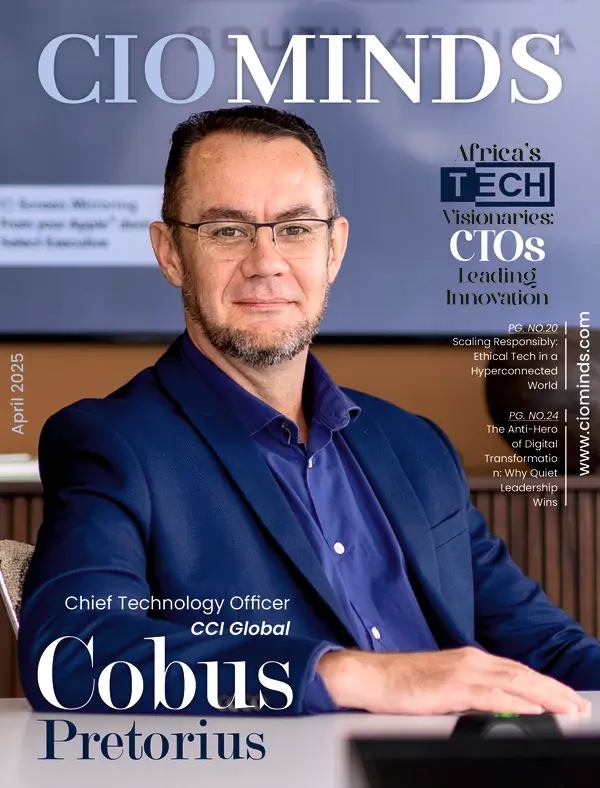The Middle East’s ambitious 2030 Vision encapsulates the region’s aspirations for economic diversification, sustainable growth, and technological leadership. Grounded in frameworks like Saudi Arabia’s Vision 2030, the UAE Centennial 2071, and Qatar National Vision 2030, these initiatives aim to position the Middle East as a hub of innovation and progress. In 2024, the foundations for these transformative goals are being laid, with key developments across infrastructure, technology, and socio-economic reforms shaping the region’s trajectory toward 2030.
Economic Diversification: Paving the Path for Post-Oil Economies
One of the central pillars of the Middle East’s 2030 Vision is reducing dependence on oil revenues by fostering diversified economies. In 2024, governments across the region are accelerating investments in sectors like tourism, manufacturing, renewable energy, and technology.
For example, Saudi Arabia’s Vision 2030 continues to spearhead mega-projects like NEOM, the futuristic city that integrates sustainable practices with cutting-edge technologies. Similarly, the UAE is expanding its role in global trade, aviation, and financial services, with Dubai and Abu Dhabi acting as strategic hubs.
Sustainability and Green Innovation
Sustainability lies at the heart of the Middle East’s long-term vision, and 2024 is proving to be a pivotal year in implementing eco-conscious initiatives. With the region facing critical challenges such as water scarcity and rising temperatures, governments and businesses are embracing renewable energy and sustainable urban development.
The UAE, which hosted COP28 in late 2023, has committed to achieving net-zero emissions by 2050. This commitment is evident in projects like Masdar City, a model for sustainable urban living powered entirely by renewable energy. Similarly, Saudi Arabia is advancing renewable energy initiatives, including its ambitious plan to become a global leader in green hydrogen production.
Beyond energy, regional efforts are focusing on water management, recycling, and integrating sustainability into urban planning. These actions in 2024 are not only mitigating environmental challenges but also positioning the Middle East as a global leader in green innovation.
Technological Advancements and Digital Transformation
In 2024, digital transformation continues to accelerate across the Middle East, aligning with the region’s 2030 goals of becoming a global technology hub. Governments are investing heavily in 5G infrastructure, artificial intelligence (AI), and blockchain technologies, which are revolutionizing industries from finance to healthcare.
The UAE, for instance, has launched initiatives like the Dubai Blockchain Strategy and Abu Dhabi’s Hub71, fostering innovation ecosystems that attract startups and multinational corporations. Meanwhile, Saudi Arabia’s National Strategy for Data and Artificial Intelligence (NSDAI) is driving advancements in AI, data analytics, and smart city technologies.
These technological investments are not only enhancing operational efficiencies but also enabling the development of industries like e-commerce, fintech, and autonomous transportation. In 2024, the Middle East is rapidly embracing a digital-first approach, laying the groundwork for a technology-driven future.
Infrastructure Development: Building the Foundations of Tomorrow
Infrastructure is the backbone of the Middle East’s 2030 Vision, and 2024 is marked by unprecedented investments in transformative projects. From transport networks to smart cities, the region is prioritizing connectivity, sustainability, and innovation in its infrastructure planning.
Saudi Arabia’s Red Sea Project, for instance, is a testament to the region’s ambition to combine luxury tourism with environmental stewardship. Meanwhile, the UAE is enhancing its global connectivity through state-of-the-art airport expansions and logistics hubs. Qatar, too, is building on its success as the host of the FIFA World Cup 2022 by investing in smart city projects that leverage IoT and AI.
These developments are not only improving quality of life for residents but also attracting global talent and investment, ensuring the region remains competitive on the world stage.
Socio-Economic Reforms: Empowering People and Communities
Achieving the 2030 Vision requires not only economic and technological progress but also societal transformation. In 2024, governments in the Middle East are advancing reforms to empower their populations and create more inclusive societies.
Youth empowerment is a major focus, with initiatives aimed at enhancing education, fostering entrepreneurship, and equipping young people with future-ready skills. For instance, Saudi Arabia’s MiSK Foundation is nurturing a generation of innovative thinkers, while the UAE’s National Youth Strategy emphasizes leadership and active participation in national development.
Gender equality is another priority. Women are increasingly being included in the workforce and leadership roles, supported by policies that promote equal opportunities and work-life balance. These reforms are fostering a culture of inclusivity, enabling diverse perspectives to drive progress.
Geopolitical Collaboration: Strengthening Regional and Global Partnerships
In 2024, the Middle East is taking significant steps to enhance regional cooperation and global integration. By fostering partnerships with international organizations and aligning with global sustainability goals, the region is positioning itself as a key player in shaping the future of the global economy.
Organizations like the Gulf Cooperation Council (GCC) are facilitating collaboration on economic, environmental, and security challenges. Moreover, trade agreements and foreign investment opportunities are strengthening ties with global markets, making the Middle East a nexus of international business and diplomacy.
The Road Ahead to 2030
The Middle East’s Vision 2030 is more than a set of aspirations—it is a bold roadmap for transformation. The progress made in 2024 underscores the region’s commitment to redefining its future, blending tradition with innovation and ambition with pragmatism.
Through economic diversification, sustainability, technological leadership, and inclusive reforms, the Middle East is laying the foundations for a prosperous and dynamic future. As these initiatives continue to evolve, the region’s ability to adapt, innovate, and collaborate will determine the extent to which its 2030 Vision becomes a reality.
The groundwork being laid today will not only impact the Middle East but also set a global precedent for visionary planning and execution. The world is watching, and the Middle East is rising to the challenge, shaping a legacy that will inspire generations to come.
Read Also: Cultural Heritage Meets Modern Business: A Unique Middle Eastern Advantage













